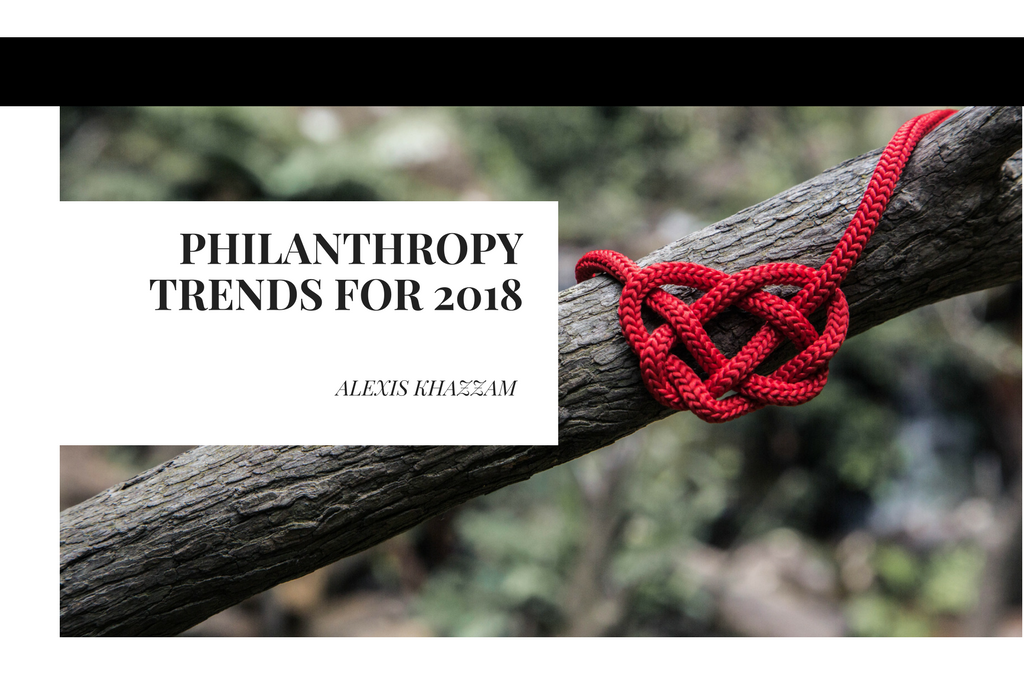When it comes to the world of philanthropy, 2018 promises to be transformational. What exactly are the philanthropy trends to look for in 2018?
Trickle-Down Philanthropy Not Likely
In 2018, trickle-down philanthropy will not be a big player. Because of the new federal income tax laws, trickle down philanthropy will slow down. The top five percent of earners tend to focus their giving on big institutions such as their alma maters, other universities and hospitals. They will give less to local, social service and safety-net nonprofits. Historically, smaller nonprofits have been supported by middle-class donors — who in 2018, will no longer have a tax incentive to give.
Giving Circles Will Grow
What is a giving circle? A giving circle is a group of people (typically women) who pool their money together and decide how it will be donated. According to the Chicago Post, The Collective Giving Research Group found that giving circles have donated $1.29 billion and engaged more than 150,000 donors. Four out of five giving circles focus their efforts on local causes — highlighting human services, women and girls, and education. According to the report, giving circles are “a highly accessible and effective philanthropic strategy to democratize and diversity philanthropy, engage new donors, and increase local giving.” Look for them to grow.
The Benefits of Volunteering Will be Recognized
Study after study finds that volunteering leads to lower blood pressure and decreased mortality. “Voluntarism is good for the health of people who receive social support, but also good for the health of people who offer their help,” said Ichiro Kawachi, professor of social epidemiology at Harvard’s School of Public Health. These benefits should inspire businesses, health care facilities and other entities to provide more opportunities for volunteers to give back.
An Increased Understanding of How to Give in the Aftermath of a Natural Disaster
The Giving Compass explains that there’s an increased awareness of ways that people can engage proactively in disaster prevention and mitigation efforts in their own communities. After 2017 brought epic wildfires and devastating hurricanes, we end the year with the most $1 billion-plus disasters ever. Cautious donors now have a deepened understanding of the long arc of disaster recovery.

